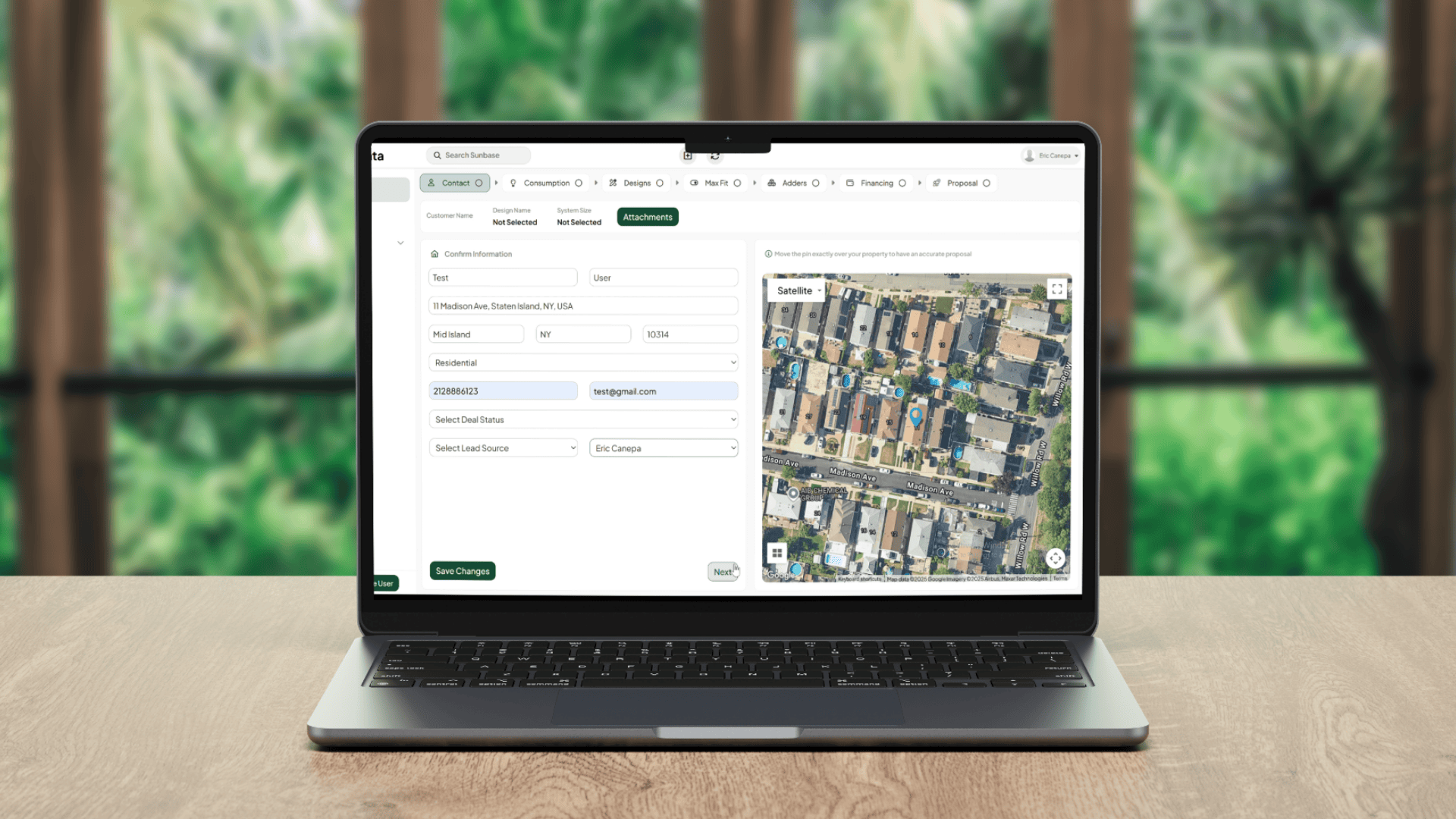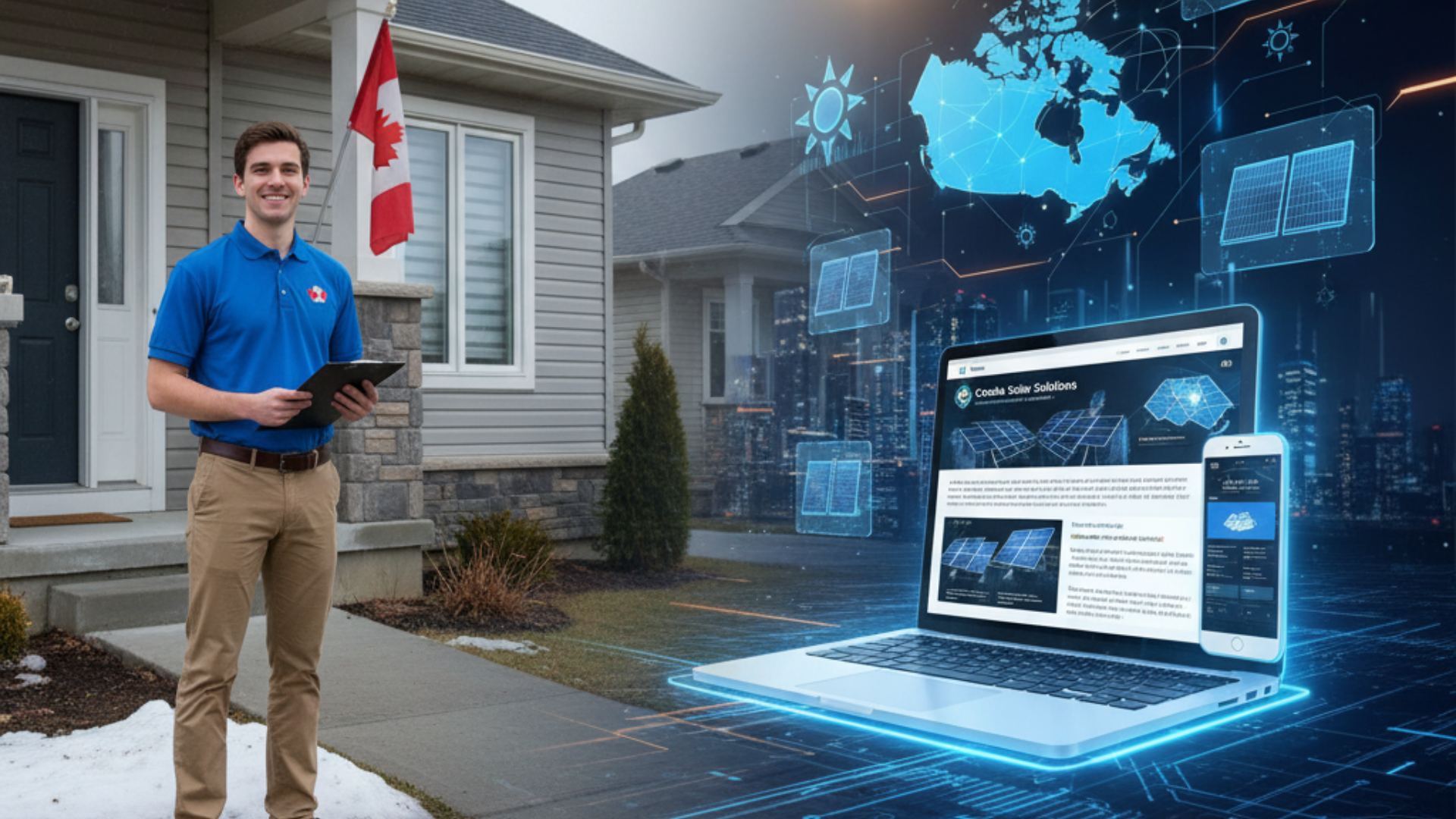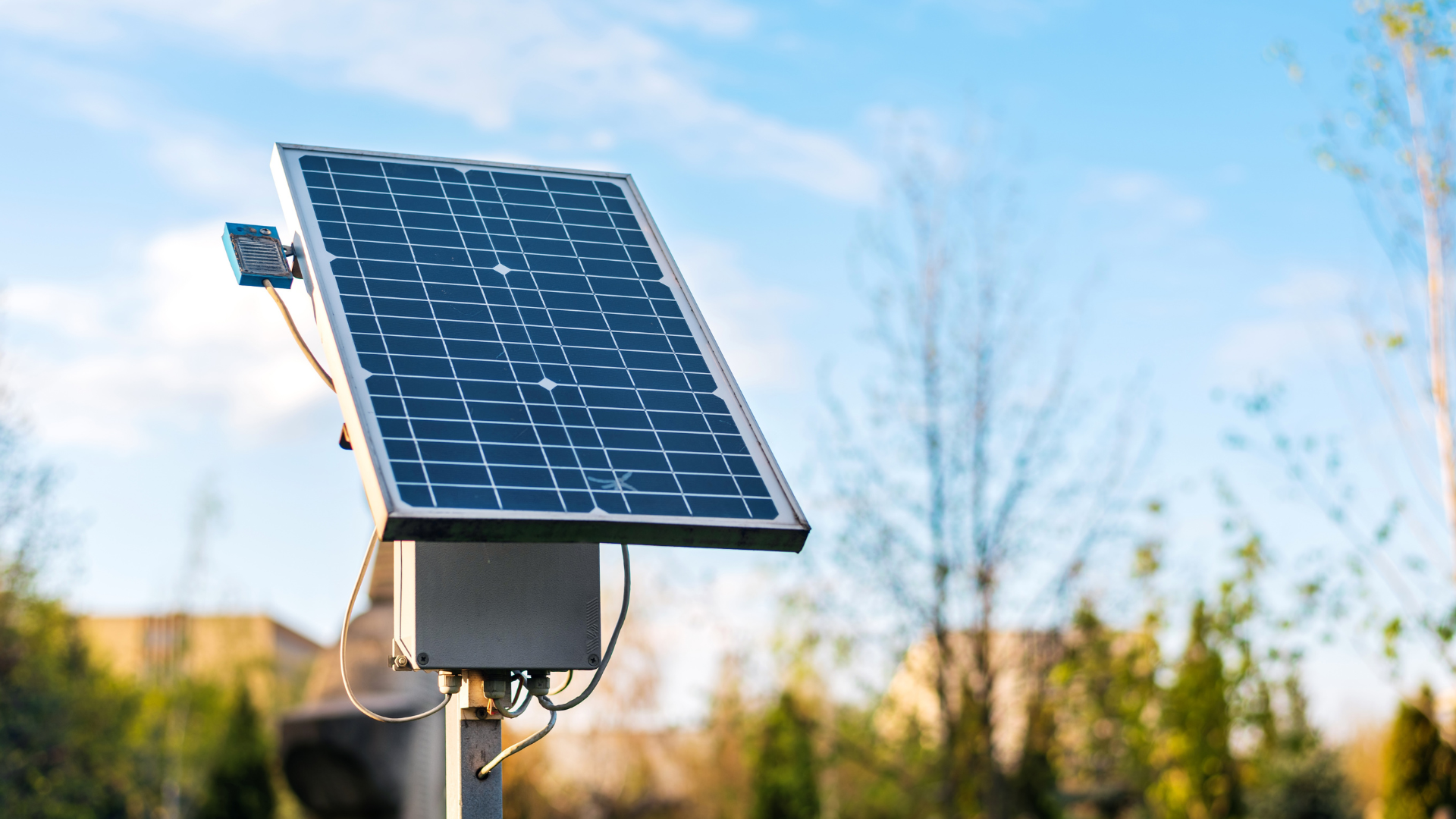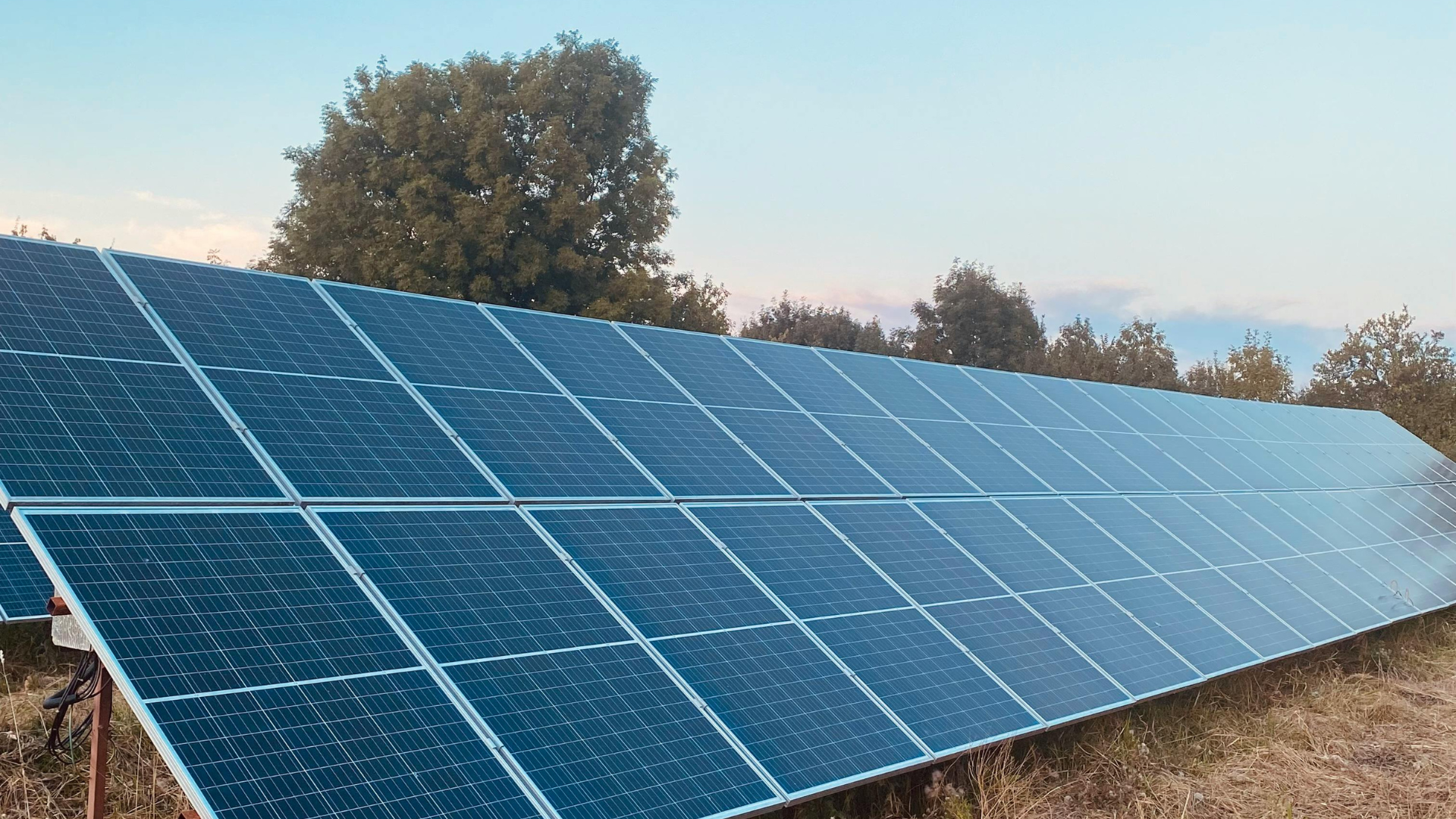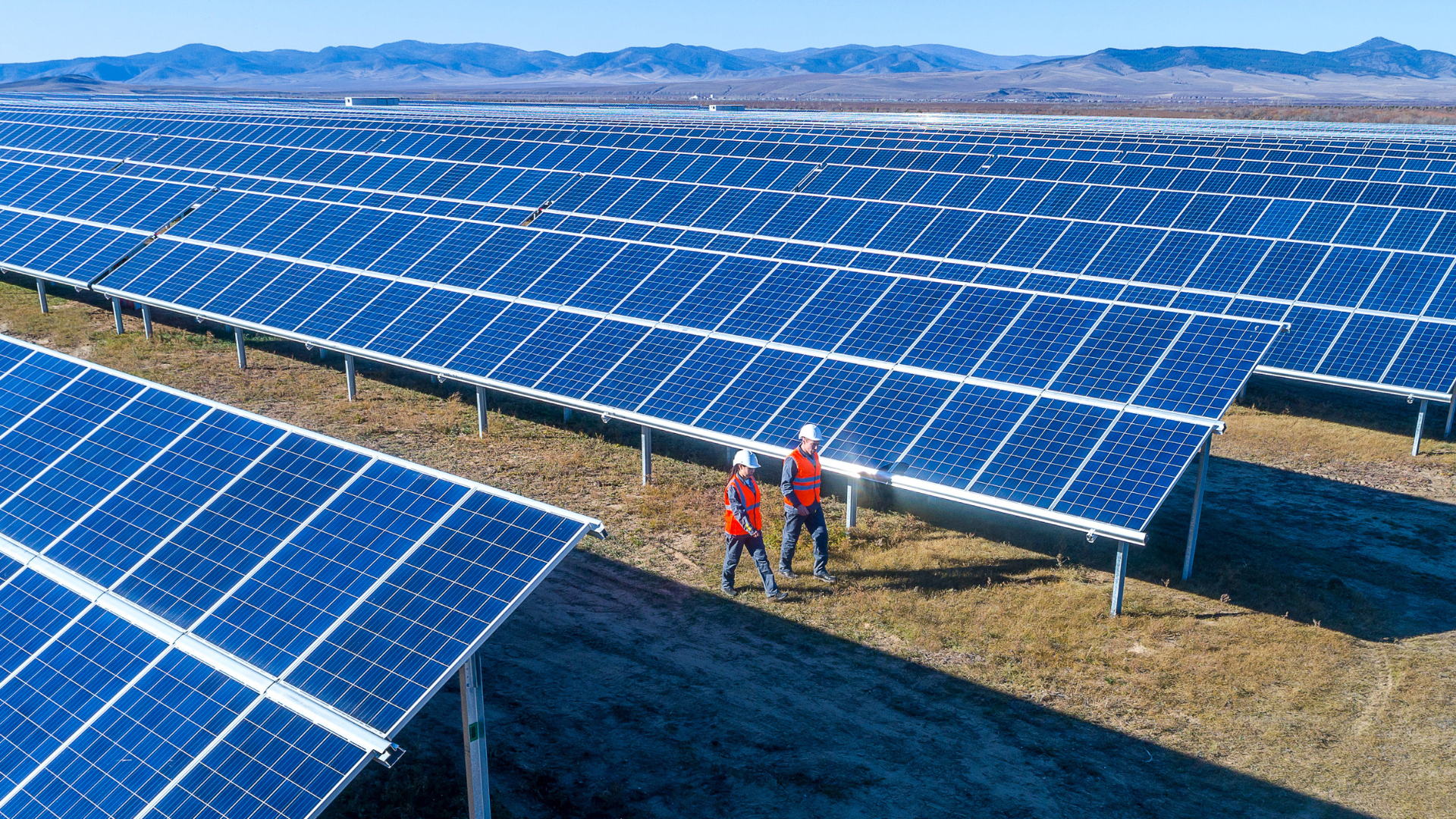June 5, 2023
If you’ve ever tried political canvassing, you know it can go one of two ways: you either spark a real conversation, or you watch a door close in your face before you finish saying “hello.”
Successful canvassing isn’t about memorizing a script; it’s about mastering canvassing best practices, avoiding rookie mistakes, and connecting with voters authentically.
But here’s the catch: too many campaigns stumble by skipping the basics. From forgetting to respect a voter’s time to overloading them with information, small mistakes can derail even the best grassroots effort.
In this guide, we’ll walk through the essential dos and don’ts of canvassing, giving you the campaign canvassing tips to boost your outreach and win trust at the doorstep.
Political Canvassing: Dos, Don’ts, and Strategies That Work
Effective political canvassing can make or break a campaign. The right approach helps build trust, boost voter engagement, and inspire action.
The wrong approach? It can leave voters closing the door before you finish your first sentence. This guide covers essential canvassing strategies, voter outreach tips, and the common mistakes to avoid.
Whether you’re new to grassroots campaigning or leading a team, these canvassing best practices will help you connect, persuade, and campaign with confidence.
Key Takeaways:
- Political canvassing is most effective when it strikes a balance between preparation, clear messaging, and respectful engagement.
- Building trust through listening and honesty creates stronger voter relationships than pushy persuasion tactics.
- Canvassers should remain positive, follow safety protocols, and tailor their message to the audience for more effective results.
- Success comes from persistence, follow-up, and learning from each interaction to refine future outreach efforts.
What Is Political Canvassing and Why Does It Matter in Campaigns?
Canvassing is a critical component of any successful political campaign. It is the act of going door-to-door to talk to potential voters, encourage them to vote, and persuade them to support your candidate.
Sometimes the procedure can be a daunting task for cadres, but it can also be the reason for you to smile on election day if done correctly. Today, we'll cover some of the most important dos and don'ts of canvassing to help you make the most out of your efforts.
New to this? Worry not, here's a Complete Guide for Political Door-to-Door Campaigning for you.
Advantages and Challenges of Political Canvassing
Canvassing is a popular method of gathering support or feedback from a targeted group of people, typically through door-to-door visits ( and sometimes, phone calls).
While canvassing can be an effective way to engage with a community or constituency, it also poses certain challenges. Below are some pros and cons of canvassing:
Advantages of Canvassing:
1. Personal Engagement
Canvassing provides an opportunity to engage with people on a personal level, which can help to build trust and establish a relationship between the volunteer and the voter.
2. Information Gathering
Campaign literature, a key component of canvassing, enables political campaigns and organizations to gather valuable information about their target audience, including voting preferences, concerns, and issues that are important to them.
3. Mobilization
Canvassing can be used to mobilize voters by encouraging them to vote, increasing physical contact, educating them about the issues and candidates, and reminding them of upcoming election dates.
4. Cost-Effective
Compared to other forms of advertising or outreach, canvassing can be a relatively cost-effective way to reach a specific target audience.
Moreover, political canvassing can help to build momentum for political candidates and movements that prioritize public safety and criminal justice reform.
By supporting candidates who are committed to fighting federal crime and promoting justice, volunteers can help to elect officials who will take action to prevent and address federal crimes.
Challenges of Canvassing:
Political canvassing can be a challenge for many reasons. It involves long hours, hard work, and the ability to interact with people from diverse backgrounds. Here are some key challenges that come with this form of campaigning:
1. Time Commitment:
Political canvassing requires an enormous amount of time and dedication. Campaigners may spend long days knocking on doors or distributing flyers to get the word out about their candidate or issue.
Additionally, they often need to attend events, speak at rallies, and participate in debates to engage with potential supporters.
2. Interacting With Strangers:
Many people feel uncomfortable interacting with strangers in a political context.
Political canvassers must be able to articulate their views confidently and clearly, while remaining courteous and respectful, even when the conversation becomes heated. This skill is essential, but it can be challenging for those who are not accustomed to engaging in political discourse.
3. Physical Exertion:
Canvassing requires physical exertion, as campaigners must walk for extended periods while carrying materials such as flyers or posters.
Those who aren’t physically fit or accustomed to long walks may find this task especially challenging.
4. Navigating Different Environments:
Most political canvassers must be able to navigate various neighborhoods and communities to reach potential supporters.
This may involve meeting people from different backgrounds, cultures, religions, and economic statuses. Canvassers need the ability to communicate effectively with everyone to convey their message.
5. Handling Rejection:
Rejection is a very real part of political canvassing, as many people are not interested in hearing about a particular candidate or issue.
It can be challenging for campaigners who are passionate about their cause to cope with rejection, in addition to long hours and physical exertion. Additionally, they must remain courteous even when faced with hostility from those who disagree with them.
These are just a few of the challenges that political canvassers face daily. While it can be challenging, the rewards and satisfaction of making a difference in the political process make it all worthwhile.
Discover the power of direct engagement and the effectiveness of political canvassing!
Top 10 Political Canvassing Do's for Successful Voter Outreach
Canvassing is one of the most successful methods for political campaigns, advocacy groups, and non-profit organizations to connect with voters and supporters.
But to be successful, it requires a strategic approach and effective execution. In this post, we'll share ten dos for effective canvassing.
1. Plan Ahead:
Before starting your canvassing efforts, make sure you have a clear plan in place. Identify your target audience, the message you want to convey, and the specific objectives you want to achieve. Develop a schedule and a route map that covers the most critical areas to ensure you're making the most of your time and effort.
2. Get Out the Word:
To maximize the impact of your canvassing efforts, spread the word in advance. Utilize social media, email newsletters, and other communication channels to inform people about your presence in the area and encourage them to engage with you.
This way, you'll have a better chance of connecting with supporters and making a meaningful impact.
3. Dress Properly:
When you're canvassing, you'll be representing your organization, so it's essential to dress appropriately. Dress professionally and comfortably, taking into account the weather and the nature of the area you'll be canvassing. A good rule of thumb is to dress as you would for a job interview.
4. Be Prepared:
Make sure you're fully prepared for your canvassing efforts. Bring enough materials, including brochures, flyers, and sign-up sheets, as well as any other necessary items, such as water, snacks, and sunscreen. You should also have a mobile phone, a map, and a pen and paper.
5. Be Friendly and Personable:
Canvassing is all about building relationships, so it's essential to be friendly and personable. Smile, introduce yourself, and engage in conversation with people. Be approachable and open-minded, and try to find common ground with the people you're speaking with.
6. Listen Carefully:
When you're canvassing, it's essential to listen carefully to the people you're speaking with. Always pay attention to their concerns, opinions, and ideas, and try to respond to them thoughtfully and respectfully. Be attentive to nonverbal cues, such as body language, and adjust your approach accordingly.
7. Stay on Message:
To be effective, you need to stay on message. Keep your talking points clear and concise, and ensure you're up to date so that you can communicate your key ideas and objectives effectively. Avoid getting sidetracked by tangential issues, and be prepared to pivot if the conversation takes a different direction.
8. Be Persistent:
Canvassing can be challenging, but it's essential to be persistent. Don't give up if someone is not interested or doesn't have time to talk. Be polite and respectful, and leave them with a flyer or brochure. You never know when someone may change their mind or decide to support your cause later on.
9. Follow Up
After your canvassing efforts, follow up with the people you spoke with. Send a thank-you note, email, or make a phone call to express your appreciation for their time and support. This will help build stronger relationships and keep your organization top-of-mind.
10. Evaluate Your Efforts
Finally, it's essential to evaluate your canvassing efforts. Take the time to assess what worked and what didn't, and use this information to refine your approach for future campaigns. Continuously improving your canvassing efforts is key to achieving your goals and making a meaningful impact.
Canvassing is a highly effective way to connect with voters and supporters, but it requires a strategic approach and effective implementation. We hope the suggestions mentioned above will help you to make it.
10 Political Canvassing Dont's You Must Avoid
There are certain don'ts that volunteers should be aware of to ensure that they are respectful and effective in their approach. In this blog post, we will discuss the ten don'ts of canvassing.
1. Don't Be Pushy or Aggressive:
One of the biggest mistakes that volunteers make is being pushy or aggressive. Avoid trying to force your views on others or pressuring them into supporting your candidate. Instead, be respectful of their opinions and engage in a friendly conversation. Remember, your goal is to persuade, not to intimidate.
2. Don't Make Assumptions:
Don't assume that you know what someone's political views or interests are based on their appearance or demographics. It is important to listen to people and ask open-ended questions to learn more about their opinions and experiences.
3. Don't Ignore Non-verbal Cues:
Pay attention to nonverbal cues such as body language and tone of voice. If someone seems uncomfortable or uninterested, it may be better to politely move on to the next person rather than continue to push for their support.
4. Don't Be Dishonest:
Honesty is key when it comes to canvassing. Avoid making false promises or misrepresenting your candidate or product to gain support.
5. Don't Be Disrespectful:
Respect is crucial in any interaction, including canvassing. Don't be rude or disrespectful towards someone who disagrees with you or isn't interested in your message.
6. Don't Invade Personal Space:
Respect people's personal space and avoid getting too close to them physically. This can make people feel uncomfortable and less likely to speak or engage with you.
7. Don't Ignore Local Laws And Regulations:
Make sure you are familiar with local laws and regulations regarding canvassing, such as rules about where and when you are allowed to walk and approach people. Failing to comply with these laws can result in legal consequences for you and your organization.
8. Don't Give Up Too Easily:
While it is essential to respect people's boundaries and not be pushy, it is also crucial to persist respectfully and politely. Don't give up on a potential supporter, volunteer, or customer too easily - sometimes it just takes a little persistence and patience to win someone over.
9. Don't Waste People's Time:
People are busy, and their time is valuable. Don't waste it by lingering too long at their door or trying to sell them on every issue or policy. Focus on the most critical points and be concise in your messaging. If someone is not interested in talking, respect their decision and move on.
10. Don't Ignore Safety Precautions:
When canvassing, it's essential to prioritize safety precautions. Be sure to stay in well-lit areas and avoid unfamiliar or potentially dangerous neighborhoods. If you feel uncomfortable or threatened at any time, don't hesitate to leave and report any incidents to the proper authorities.
Canvassing can be a valuable tool for political campaigns, advocacy groups, and sales teams; however, it is essential to approach it respectfully and pragmatically.
By following these 10 don'ts, you can increase your chances of success and build positive relationships with potential supporters or customers.
Pro Tips to Become a More Effective Political Canvasser
Canvassing is the act of going door-to-door to talk to people about a particular cause or campaign. As a volunteer, your goal is to persuade people to support your cause or candidate.
Being a good canvasser involves more than just going door-to-door and trying to persuade people to support a particular cause or candidate. Here are some tips on how to be an efficient canvasser:
1. Understand the importance of canvassing literature:
Seamless and easy-to-understand campaign literature helps canvassers effectively communicate the candidate's message and engage with voters in a meaningful way.
By reading and understanding the literature on the candidate's platform, policies, and goals, volunteers can provide voters with accurate information and effectively answer their questions.
2. Focus on developing walk lists:
A walk list is a map or a list of addresses that volunteers use to guide their door-to-door outreach efforts. A walk list is carefully crafted by using errorless data entry to include only the addresses of registered voters who are likely to support a particular candidate or issue.
By utilizing flawless walk lists, volunteers can maximize their limited time and resources by focusing their efforts on voters who are most likely to be receptive to their message. This can help campaigns to increase their voter turnout and ultimately win elections.
3. Stay positive in your canvassing campaign:
Even if you encounter people who are hostile or dismissive of your cause, it's important to stay positive and optimistic. Avoid getting into arguments or trying to force your point of view on others. Remember that every interaction is an opportunity to build support for your cause.
4. Use open-ended questions:
When you're speaking to people, try to ask open-ended questions that encourage them to think and share their opinions. For example, instead of asking "Do you support our cause?" you might ask "What do you think about the issue we're promoting?
5. Know your audience:
It's important to tailor your message to your audience. If you're canvassing in a conservative neighborhood, you might want to emphasize different points than if you're canvassing in a more liberal area. Pay attention to the demographics of the neighborhood and approach with appropriate key phrases.
6. Be prepared for different responses:
People will have different opinions and responses to your message. Be prepared to answer questions and address concerns, but also be ready to listen to their perspective.
7. Focus on building relationships:
Canvassing is not just about convincing people to support your cause or candidate. It's also about developing physical contact, building relationships with voters, volunteering, and showing that you care about their concerns and opinions.
8. Know your route:
Plan your route ahead of time and know where you're going. You must know the easiest routes to your destinations from your house to your campaign office. This will help you be more efficient and make the most of your time.
9. Practice active listening:
When speaking with voters, listen attentively to what they're saying. This means paying close attention to their words, asking follow-up questions, and demonstrating that you value their opinion.
10. Have a clear message:
Make sure you have a clear and concise message that resonates with voters. Practice delivering it in a way that is engaging and persuasive.
BONUS: Take breaks:
Canvassing can be tiring, so make sure to take breaks when you need them. This will help you stay fresh and energized throughout the day.
By following these canvassing tips, you will be able to build support and make a difference for your own party, cause, or campaign.
For more essential tips, read our blog on Political Canvassing: Maximizing Outreach and Impact.
How Sunbase Helps You Master Political Canvassing
Following the dos and don’ts of political canvassing is easier when you have the right tools backing you up. That’s where Sunbase Political Canvassing Software can help you out!
Instead of juggling clipboards, messy spreadsheets, and half-remembered conversations, Sunbase gives your campaign a single platform to:
- Map territories and plan routes so canvassers spend more time at doors and less time lost in neighborhoods.
- Track voter interactions in real time, ensuring no conversation or commitment slips through the cracks.
- Analyze canvassing data instantly to refine your voter outreach strategies and spot what’s working (and what’s not).
- Coordinate canvassing teams seamlessly, whether you’re running a local grassroots campaign or managing city-wide efforts.
Political canvassing is all about meaningful voter connections. Sunbase makes sure your team has the structure, data, and tools to focus on conversations instead of logistics.
The bottom line:
Remember that successful canvassing is all about connecting with people, building relationships, and leaving a positive impression.
So, don't be afraid to break out your best dad jokes, puns, or one-liners to make a lasting impact! Just make sure to keep it appropriate and on-brand.
Happy canvassing!
Win More Voters with Sunbase Canvassing Tools
Great conversations win votes, but great campaigns need smart tools.
Sunbase D2D Sales Software helps political teams map territories, track voter interactions, and manage canvassing data with ease. Book your demo now to begin your journey!
FAQ's
1. What is political canvassing?
Political canvassing is a form of voter outreach in which campaigners go door-to-door or make calls to connect directly with voters, share campaign messages, and encourage them to participate.
2. Why is political canvassing effective?
Unlike ads, door-to-door canvassing creates personal connections that build trust. It’s one of the most effective grassroots campaigning methods for mobilizing voters.
3. How can technology improve canvassing strategies?
Campaigns can use tools like Sunbase
D2D Sales Software for real-time data tracking, route planning, and voter management, thereby making their canvassing strategies more effective.
I agree to receive marketing messaging from Sunbase at the phone number provided above. I understand data rates will apply, and can reply STOP to OPT OUT.


